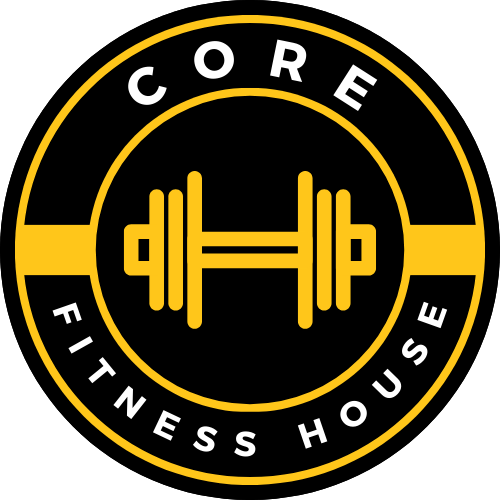So, you’ve just crushed a workout that left you feeling like a superhero—until you tried to walk down the stairs and realized your legs have turned into jelly. Recovery isn’t just for elite athletes, and it’s just as important as the workout itself. Here at Core Fitness House, we believe in training hard and recovering smart. Here are 10 expert tips to help you bounce back from a tough workout:
1. Hydrate Like It’s Your Job
Your muscles are basically screaming, “Water, please!” after an intense workout. Sweating buckets during exercise means you’ve lost fluids and electrolytes, so it’s time to replenish. Drink water, or if you’re feeling fancy, grab a sports drink with electrolytes.
2. Stretch It Out (But Don’t Overdo It)
Stretching after a workout helps improve flexibility and reduce muscle tightness. Focus on dynamic stretches or yoga poses that target the muscles you just worked. But don’t go full Cirque du Soleil—your body is already tired, and overstretching can do more harm than good.
3. Refuel With the Right Foods
Your body needs fuel to repair and rebuild those hardworking muscles. Aim for a mix of protein and carbs within 30-60 minutes post-workout. Think grilled chicken with sweet potatoes, a protein smoothie, or even a peanut butter banana sandwich.
Fun Fact: Yes, pizza has carbs and protein, but no, it’s not the ideal recovery meal. Save it for your cheat day.
4. Embrace the Ice (or Heat)
If your muscles are screaming louder than a toddler denied candy, it’s time to bring out the big guns: ice packs or heating pads. Ice helps reduce inflammation, while heat can soothe tight muscles. You can find several of our favorite tools that use heat or cold therapy HERE.
Pro Tip: Red light therapy is also an excellent way to use heat in your recovery.
5. Get Your Beauty Sleep
Sleep isn’t just for beauty—it’s when your body does its best repair work. Aim for 7-9 hours of quality sleep to help your muscles recover faster. If you’re struggling to fall asleep, try establishing a calming bedtime routine, such as reading or meditating.
Warning: Scrolling through TikTok until 2 a.m. does not count as a calming bedtime routine.
6. Foam Roll Like a Boss
Foam rolling is like giving your muscles a deep tissue massage—except you’re the masseuse, and it’s free. Roll out tight spots and knots to improve blood flow and reduce soreness. Yes, it hurts, but it’s the good kind of pain (we promise).
7. Don’t Skip Active Recovery
When you’re sore, the last thing you want to do is move. But light activity, like walking, swimming, or yoga, can actually help reduce soreness by increasing blood flow to your muscles.
Think of it this way: Active recovery is like bribing your muscles with a little movement so they’ll stop being mad at you.
8. Stay Consistent With Recovery Practices
Recovery isn’t a one-time thing—it’s a habit. Incorporate stretching, hydration, and proper nutrition into your daily routine, even on rest days. Consistency is key to long-term progress and avoiding injuries.
9. Listen to Your Body (Not Your Ego)
It’s tempting to push through soreness and hit the gym again, but sometimes your body just needs a break. Rest days are not a sign of weakness—they’re a sign of wisdom. If you’re feeling unusually fatigued or in pain, take it easy.
Humor Break: Remember, even superheroes take a day off. Batman doesn’t fight crime 24/7, and neither should you.
10. Treat Yourself (Responsibly)
Recovery doesn’t have to be difficult. Treat yourself to something that makes you happy, whether it’s a massage or a dip in the hot tub. Just don’t undo all your hard work with a pint of ice cream (unless it’s protein ice cream—then go for it).
Pro Tip: Self-care is part of recovery. A happy mind leads to a happy body, so don’t skimp on the feel-good stuff.
At Core Fitness House, we’re all about helping you achieve your fitness goals while keeping your body healthy and happy. Recovery isn’t just about feeling less sore—it’s about giving your body the tools it needs to come back stronger. So, the next time you crush a workout, remember these tips and treat your recovery like the VIP it is.
And hey, if all else fails, just remember: soreness is temporary, but those gains are forever.

